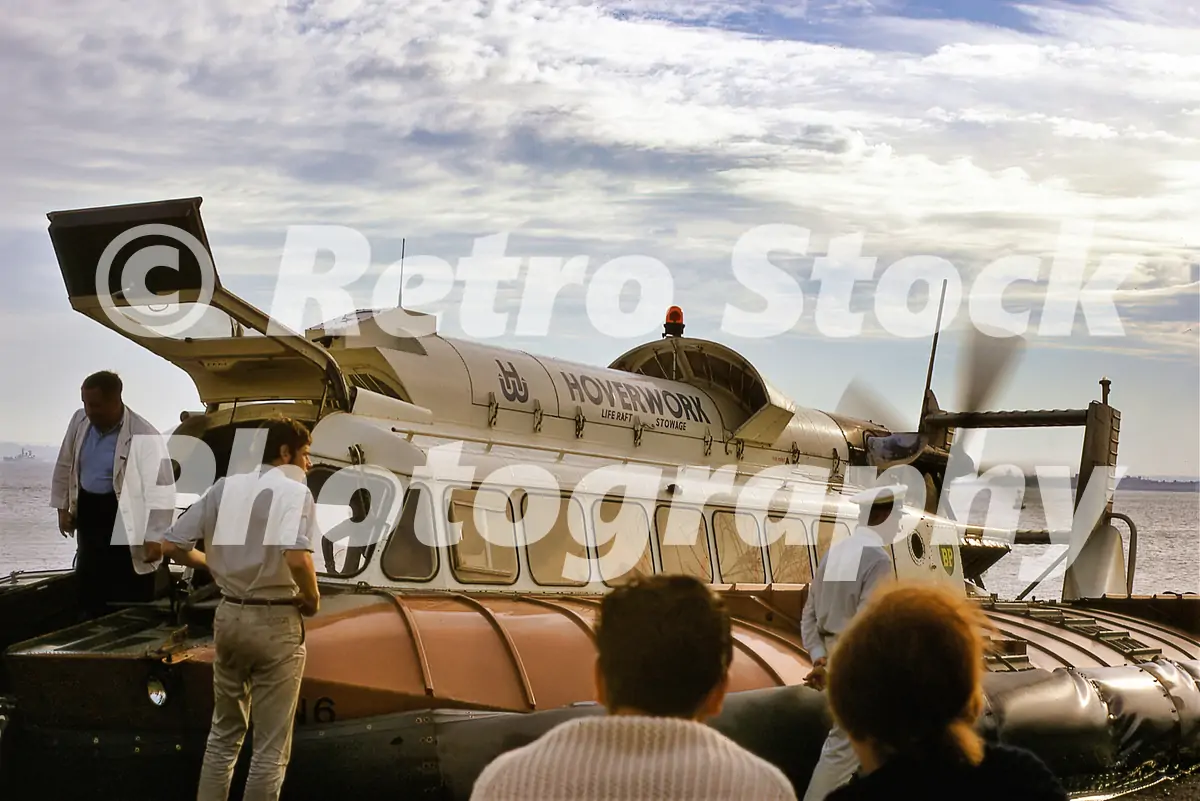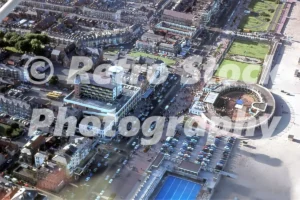In the 1960s, Britain was at the forefront of an exciting new chapter in transport innovation: the hovercraft. Among the most successful models to emerge from this era was the SR.N6, a craft that combined aviation technology with marine adaptability, capturing the public imagination and transforming short-distance travel.
From SR.N1 to SR.N6 – A Rapid Evolution
The SR.N6 was developed by Saunders-Roe, the pioneering British aviation and marine engineering company based on the Isle of Wight. It was a direct descendant of the SR.N1, the world’s first practical hovercraft, which famously crossed the English Channel in 1959.
While the SR.N1 had proved the concept, it was small and experimental. The SR.N6, introduced in 1964, was a scaled-up, commercially viable model designed to carry more passengers and operate in real-world service. At 38 feet (11.6 metres) long, it could seat up to 38 passengers in early versions—later models could carry as many as 58—making it suitable for ferry routes and tourism.
Engineering a New Form of Travel
Like all hovercraft, the SR.N6 travelled on a cushion of air created by powerful lift fans, contained by a flexible skirt beneath the hull. This allowed it to glide over sand, mud, shallow water, and even ice—making it uniquely versatile.
Powered by a Bristol Gnome turboshaft engine (similar to those used in helicopters), the craft could reach speeds of over 60 knots (around 70 mph) and was highly manoeuvrable. Its ability to operate from simple slipways or beaches meant it could serve locations without deep-water docks—an advantage over conventional boats.
Cross-Channel Fame and Beyond
The SR.N6 became an icon of British transport in the late 1960s and 1970s. Operators such as Hovertravel ran services between Ryde on the Isle of Wight and Southsea in Portsmouth—routes still served by hovercraft today, though with newer models. It also operated on the English Channel, in the Middle East, Canada, and even in military roles for coastal patrol and troop transport.
One of its most famous deployments was in cross-Solent service, where it proved both a tourist attraction and a practical commuter link. For many passengers, the thrill of a high-speed hovercraft ride was as memorable as the journey’s destination.
Challenges and Legacy
While fast and innovative, the SR.N6 faced challenges. Hovercraft were noisy, consumed large amounts of fuel, and required skilled maintenance. By the 1980s, rising fuel costs and competition from conventional ferries and high-speed catamarans reduced their commercial viability.
Nonetheless, the SR.N6 left an enduring legacy. It proved the hovercraft was more than a novelty—it could be a reliable, versatile passenger vehicle. Many SR.N6 craft were later upgraded or preserved in museums, such as the Hovercraft Museum in Lee-on-the-Solent, Hampshire.
Visit our Hovercraft page for more vintage colour photos
Tags: Old Hovercraft photos, Vintage Hovercraft photography, Hovercraft canvas prints, Hovercraft history, Hovercraft stock photos, Vintage Hovercraft images, Hovercraft gift ideas, Old photos of Hovercraft, Old pictures of Hovercraft, Historic photos of Hovercraft, Retro Hovercraft prints, British Hovercraft images, Cross-Channel Hovercraft history, 1960s Hovercraft design, Hovercraft wall art







Reviews
There are no reviews yet.